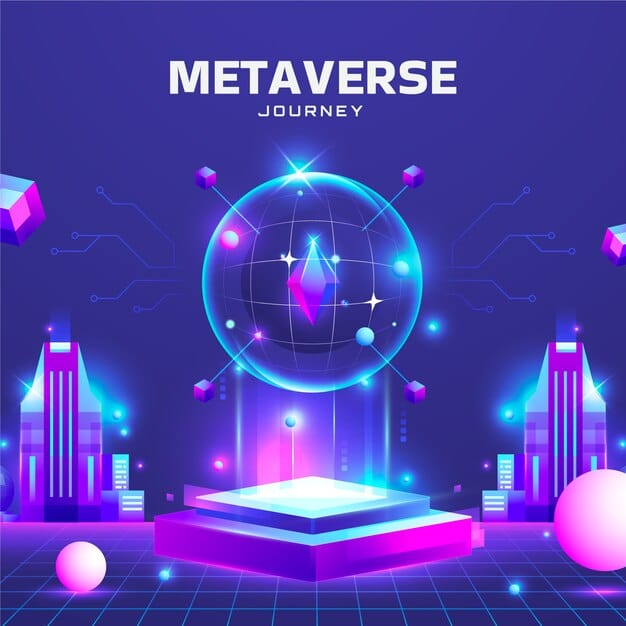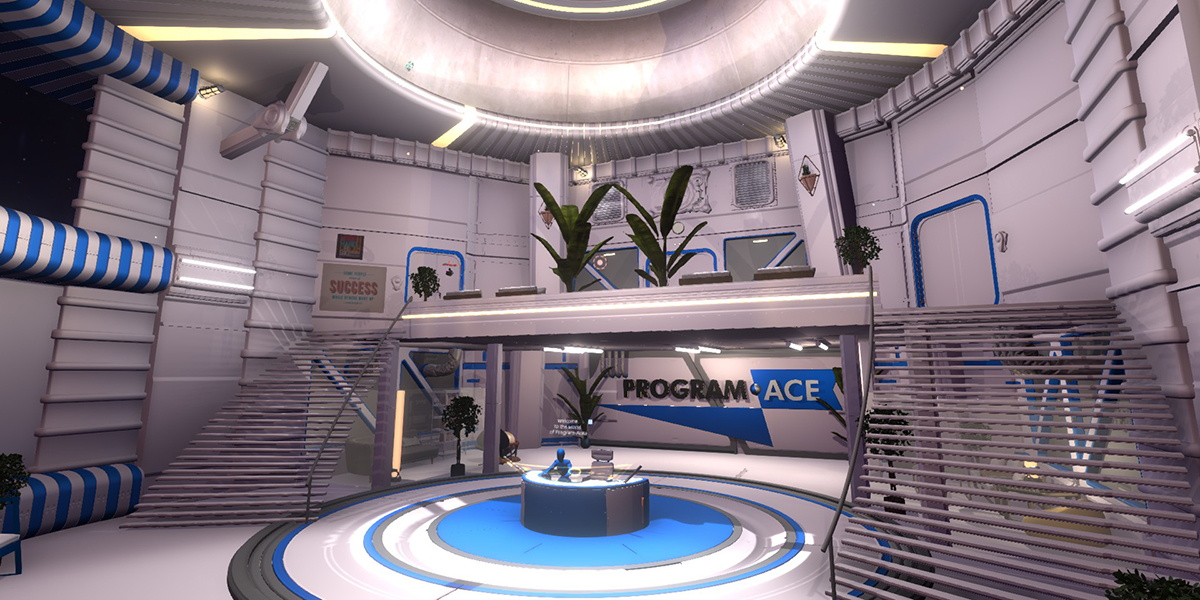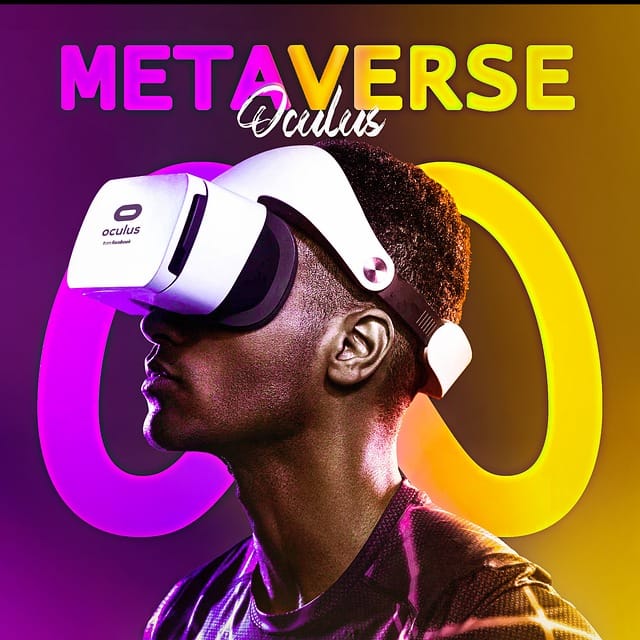WHAT IS THE METAVERSE

The metaverse is an immersive digital world where people can interact, work, and play in real-time. Imagine it as an expansive 3D internet that goes beyond websites and apps, offering a virtual space where avatars—digital versions of ourselves—explore and socialize. It blends virtual reality (VR), augmented reality (AR), and other digital technologies to create shared experiences.
In the metaverse, you could attend concerts, explore digital cities, shop for virtual or real items, or even collaborate with colleagues worldwide, all while feeling present in the same space. Tech giants and startups alike are developing metaverse platforms, predicting it will revolutionize how we engage with technology, socialize, and even learn. As it evolves, the metaverse holds the promise of limitless creativity, new economic opportunities, and transformative social interactions.

The metaverse is a loosely defined term referring to virtual worlds in which users represented by avatars interact, usually in 3D and focused on social and economic connection. The term metaverse originated in the 1992 science fiction novel Snow Crash as a portmanteau of "meta" and "universe".
Stepping into the digital frontier presents a crucial intersection where real-world experiences blend seamlessly with the expansive possibilities of imagination. Here, the metaverse unfolds as a vast network of interconnected digital spaces thoughtfully designed by the innovative minds at a metaverse development company. In parallel, the domain of virtual reality (VR) is vividly realized through cutting-edge technological advancements spearheaded by industry-leading tech corporations.
While the metaverse and virtual reality maintain distinct identities, they share a common vision: redefining how we engage with digital spaces. The dialogue surrounding metaverse vs. virtual reality and metaverse vs. VR brings their unique characteristics and contributions to light. The metaverse is envisioned as an extensive, interlinked universe of digital environments, whereas virtual reality focuses on creating deeply immersive experiences within more defined settings.
As we explore this digital terrain further, we are encouraged to dissect the differences and individual strengths of the metaverse and VR. Which will lead us toward a more enthralling and interconnected digital future? In our journey to decode the metaverse's mysteries and virtual reality's immersive capabilities, we are invited to ponder their roles in reshaping our digital interactions.
Imagine a future where the lines between reality and virtual reality blur. It's fascinating to consider where we might find ourselves within this evolving digital narrative. As we set out to uncover the vast environments of the metaverse and the rich, immersive experiences offered by virtual reality, we are drawn into the promise of a transformed digital existence.
What Is a Metaverse? — Revelations in a Nutshell

So, a question frequently arises: what is the metaverse, and how does it relate to virtual reality? While there is a certain degree of overlap between the two, understanding their differences is key to recognizing the unique qualities of each technology.
Virtual reality is known for providing a deeply immersive experience, typically within the confines of a specific application or game. Users are transported into an alternate environment, one that is visually and audibly distinct from their physical surroundings. Recent advancements in both the hardware and software associated with virtual reality have significantly enhanced the depth of immersion possible, allowing individuals to experience unprecedented levels of engagement within these virtual settings.
Conversely, the metaverse is envisioned as a vast and interconnected network of digital environments. It represents a persistent, evolving digital cosmos where individuals can transition smoothly between a multitude of experiences. The relationship between the metaverse and VR is intricate, as they both contribute to the broader spectrum of digital immersion and interactivity, yet each stands out for its distinct characteristics.
The differentiation between metaverse vs. virtual reality and metaverse vs. VR is a topic of ongoing discussion. The metaverse extends beyond the immersive experiences of virtual reality to encompass a broader digital ecosystem. This ecosystem is made up of diverse virtual spaces that are interconnected, allowing for continuous existence and interaction akin to the continuity found in the physical universe.
Technopedia defines the metaverse as a comprehensive, interconnected digital universe, amalgamating various forms of reality — virtual, augmented, and physical — into a cohesive, shared space where interactions occur in real time. The persistence of the metaverse, maintaining its existence irrespective of user presence, mirrors the constancy of the physical universe.
The metaverse opens up boundless opportunities across various sectors, including entertainment, social networking, commerce, and education, thereby paving the way for new dimensions of digital engagement. Keeping pace with the latest metaverse trends, we observe swift progress in technological capabilities and design innovations that enhance interactivity and immersion within these digital spaces.
The emergence of virtual events, such as concerts and art exhibitions, along with the advent of digital workspaces, is redefining our interaction with and within digital environments, thereby crafting an entirely new dimension of reality within the metaverse.
Imagine a future where the lines between reality and virtual reality blur. It's fascinating to consider where we might find ourselves within this evolving digital narrative. As we set out to uncover the vast environments of the metaverse and the rich, immersive experiences offered by virtual reality, we are drawn into the promise of a transformed digital existence.

THINGS YOU MAY NOT KNOW:
By 2030, the number of users in the Metaverse market is expected to reach 2,633.0m users. The user penetration is predicted to be 14.6% in 2024 and is expected to increase to 39.7% by 2030. The average Value per user (ARPU) is projected to be US$79.5.
THINGS YOU MAY WANT TO SAVE: Your reality checkbook. Your virtual reality checkbook pobably useless at banks.
ZENTRAVELER SAYS: Visit a galaxy of bright stars?

From here to Infinity is a relatively short ride! The next leg takes eons and eons as you fly through the Barycentric Dynamical Time Zone! …and on and on and on. Follow the Zentraveler Newsletter often for Travel, Health and Zen-like stories and such. Where else can you get a THREE IN ONE NEWSLETTER FOR THE PRICE OF FREE.

ZENTRAVELER IS A PERSONAL NEWSLETTER, DESIGNED TO GIVE TRAVEL, HEALTH, WRITING AND HUMOR INCLUDING HELPFUL HINTS WITH A ZEN LIKE QUALITY.
PLEASE CHECKOUT MY NEW VIDEO PODCASTS AT ZENTRAVELER ON YOUTUBE...THANKS
